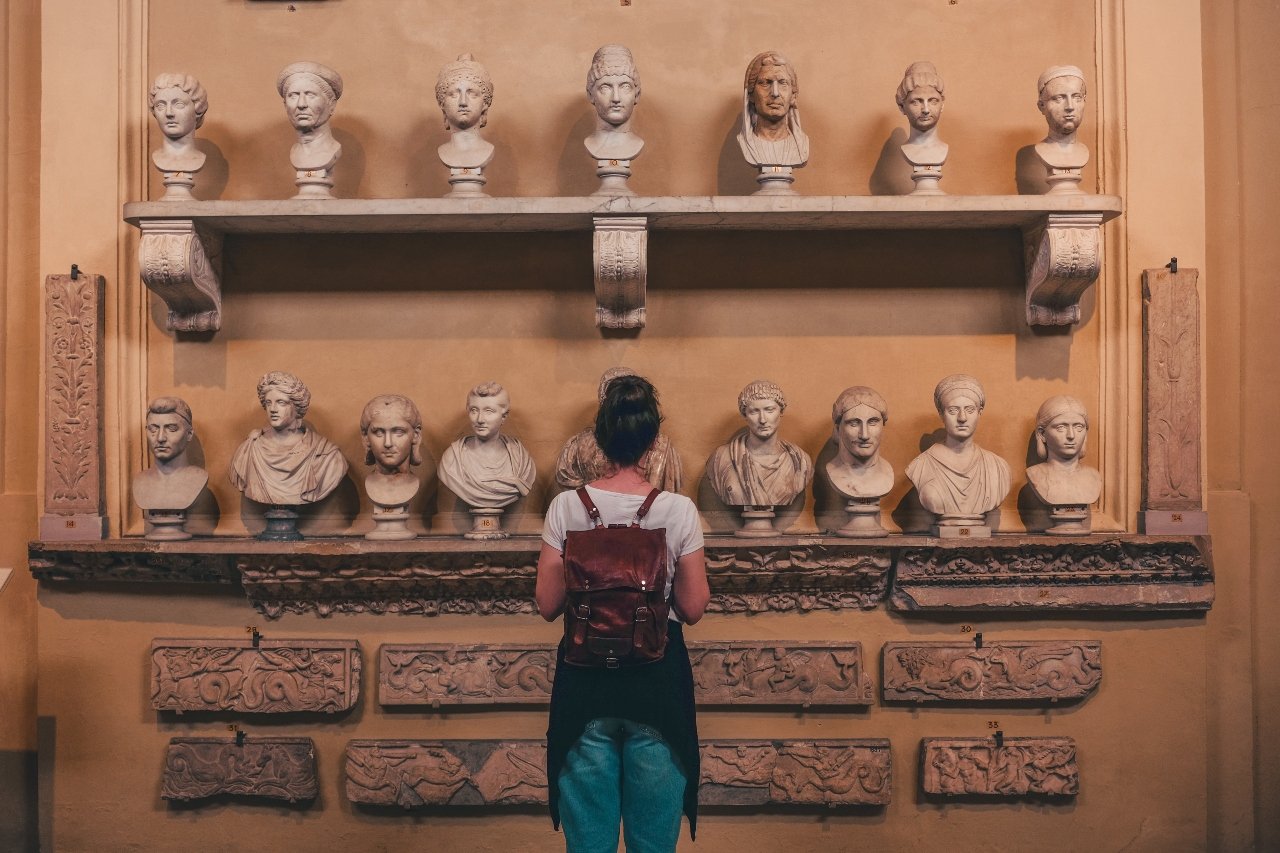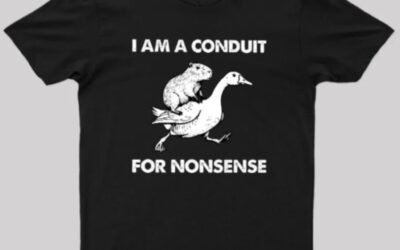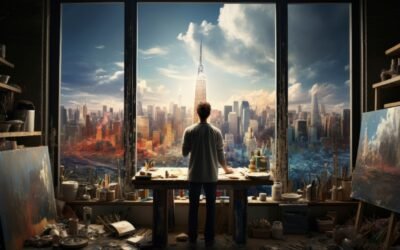artofzio: Exploring Creativity and Innovation in Art

artofzio: A Journey into the World of Creativity
Art has always played a vital role in human expression. Whether through paintings, sculptures, or digital designs, creativity shapes culture and influences emotions. artofzio delves into this world, providing insights into artistic techniques, trends, and inspirations. The journey into creativity is one filled with passion, dedication, and a desire to push boundaries.
The Evolution of Art and Creativity
Art has evolved over centuries, reflecting societal changes and technological advancements. From ancient cave paintings to modern digital art, each era has introduced new methods and perspectives. Artists continue to experiment with styles, blending traditional techniques with contemporary influences. The creative process has become more accessible, allowing a diverse range of individuals to express themselves.
The Role of Imagination in Artistic Expression
Imagination fuels artistic expression, shaping ideas into visual or auditory forms. Creativity is not limited to professional artists but exists in everyday life. Through observation and interpretation, inspiration is drawn from surroundings. Artists use different mediums, such as paints, pencils, or digital tools, to bring their visions to life.
Traditional vs. Modern Artistic Techniques
The contrast between traditional and modern artistic techniques highlights how art has transformed. Classical techniques, such as oil painting and sculpting, emphasize detail and precision. Meanwhile, digital tools, like graphic tablets and 3D software, enable artists to explore limitless possibilities. Both approaches contribute to the ever-expanding world of art.
The Impact of Technology on Art
Technology has revolutionized the way artists create and share their work. Digital platforms provide exposure to global audiences, while AI-generated art challenges traditional perspectives. Artists now have access to online tutorials, digital galleries, and interactive tools that enhance their skills. The integration of technology has made art more dynamic and accessible.
Exploring Different Artistic Mediums
Art exists in various forms, each offering a unique way to convey emotions and ideas. Painting, drawing, sculpture, photography, and digital art represent just a few of these mediums. Each form requires distinct skills and techniques. Experimenting with different mediums helps artists discover their strengths and expand their creative boundaries.
Color Theory and Its Significance in Art
Color plays a crucial role in art, influencing mood and perception. The study of color theory helps artists understand how different hues interact. Complementary colors create contrast, while analogous colors provide harmony. Mastering color combinations enhances artistic compositions, making them more visually appealing.
The Psychology of Art and Its Emotional Impact
Art has the power to evoke emotions, tell stories, and influence perceptions. Certain colors and shapes can trigger psychological responses. Abstract art, for instance, allows viewers to interpret emotions uniquely. The connection between art and emotion makes creativity a universal language.
The Influence of Culture on Art Styles
Cultural backgrounds heavily influence artistic styles. Different regions have distinct artistic traditions, from Japanese calligraphy to African tribal patterns. Art serves as a reflection of cultural identity, preserving history and storytelling through visuals. Understanding cultural influences enhances appreciation for diverse artistic expressions.
The Relationship Between Music and Visual Art
Music and visual art share a deep connection, as both involve rhythm, harmony, and expression. Many artists use music as inspiration, translating melodies into colors and shapes. Some even blend both mediums, creating multimedia experiences. The fusion of sound and visuals results in a more immersive artistic experience.
Street Art and Its Role in Modern Society
Street art has transformed urban landscapes, bringing creativity to public spaces. Murals, graffiti, and installations convey messages that challenge societal norms. Street artists use their work to spark conversations, address social issues, and beautify communities. The recognition of street art as a legitimate form of expression has grown significantly.
Art as a Form of Activism
Throughout history, art has been used as a tool for activism. Political posters, protest murals, and symbolic imagery have influenced movements. Visual storytelling allows artists to communicate messages that resonate with audiences. Art’s ability to challenge perspectives makes it a powerful instrument for change.
Art Education and Its Importance in Schools
Art education fosters creativity, critical thinking, and problem-solving skills. Schools that incorporate art programs provide students with opportunities for self-expression. Creative activities also improve cognitive development and emotional well-being. Encouraging artistic exploration in education benefits both students and society as a whole.
The Process of Developing an Artistic Style
Every artist undergoes a journey to find their unique style. This process involves experimentation, practice, and self-discovery. Influences from mentors, culture, and personal experiences shape an artist’s identity. Developing a distinct style helps artists establish their signature in the creative world.
Overcoming Creative Blocks
Creative blocks are common among artists and can be frustrating. Changing environments, trying new techniques, or taking breaks can help reignite inspiration. Collaboration with other creatives also provides fresh perspectives. Finding ways to stay motivated ensures continuous artistic growth.
The Role of Sketching in Artistic Development
Sketching serves as a fundamental skill for artists, allowing them to practice composition and form. Quick sketches help capture ideas before they are developed into detailed works. Many artists use sketchbooks to document their creative journey. Regular sketching enhances technical skills and artistic confidence.
The Business of Art: Turning Passion into a Career
Many artists aspire to turn their passion into a sustainable career. Selling artwork, teaching, freelancing, and collaborating with brands are common avenues. The rise of online platforms provides opportunities to showcase and sell art globally. Balancing creativity with business strategies is key to success.
The Role of Social Media in Art Promotion
Social media has become a powerful tool for artists to share their work and connect with audiences. Platforms like Instagram, Pinterest, and TikTok allow for visual storytelling. Engaging content, such as time-lapse videos and behind-the-scenes insights, attracts followers. A strong online presence enhances an artist’s visibility and opportunities.
The Significance of Art Exhibitions
Art exhibitions provide artists with platforms to showcase their work to wider audiences. Whether in galleries, museums, or online, exhibitions allow for artistic appreciation. Curated displays highlight different styles and themes, creating meaningful experiences for visitors. Participating in exhibitions strengthens an artist’s credibility.
The Future of Art and Emerging Trends
The art world continues to evolve, with new trends emerging constantly. AI-generated art, virtual reality experiences, and NFT marketplaces have gained popularity. Artists are embracing digital innovation while preserving traditional techniques. The future of art is shaped by technology, culture, and creative experimentation.
Creativity has no boundaries, and artofzio serves as a gateway to exploring the vast world of artistic expression. Whether through traditional techniques or modern digital innovations, art continues to inspire and evolve. Embracing creativity leads to endless possibilities, allowing artists to leave their mark on the world.











